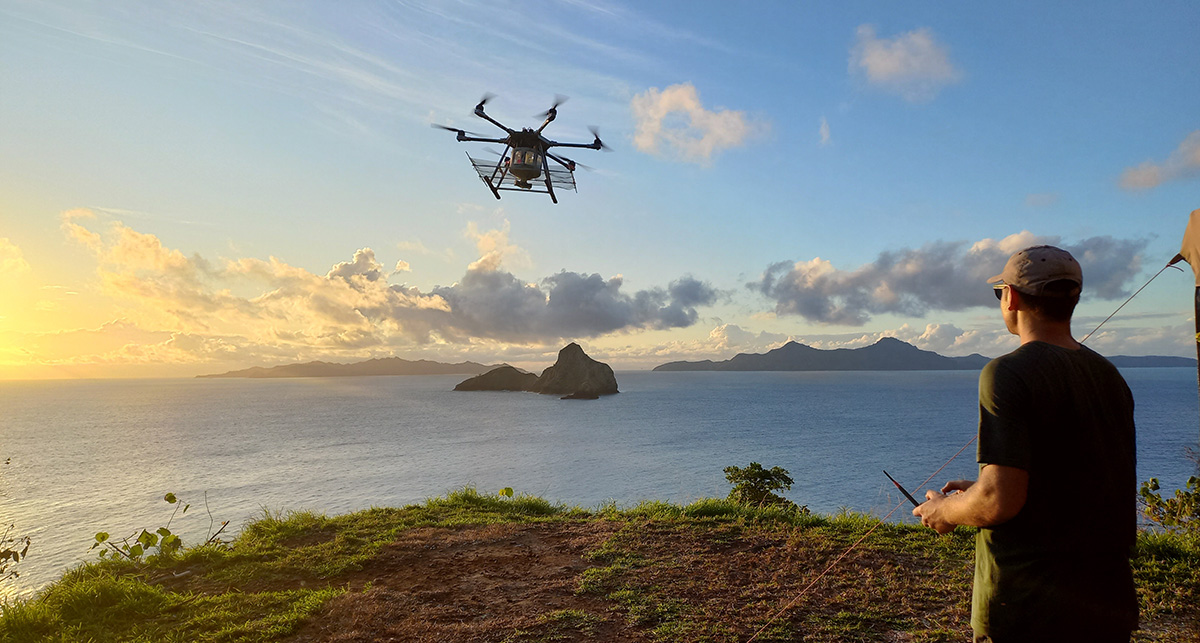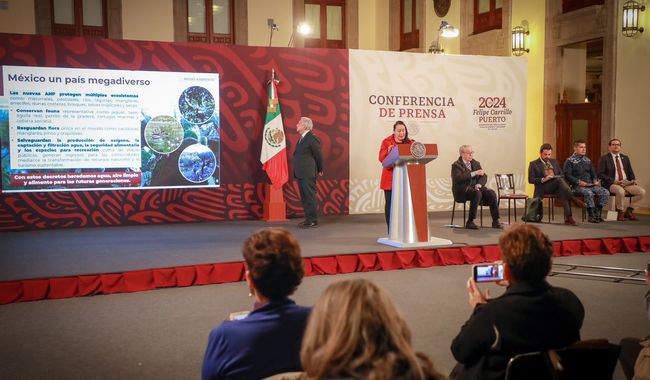A field of science known as bioacoustic conservation has really surged forward in the last decade, with dozens of papers being published that propose a better way of monitoring forests and other landscapes for biodiversity richness, loss or recovery would be to monitor animal vocalizations within the ecosystem’s soundscape.
Conservation is difficult. Conducting surveys of animals, especially rare, endangered, nocturnal, or illusive animals, requires manpower, money, and time. By contrast, sticking a series of microphones to a series of trees and using a deep-learning algorithm to study which animal calls are which is much less of an effort, but could actually produce better datasets than visual surveys or camera trapping.
In one study that was actually proven—when survey teams were compared with automated bioacoustic recordings for surveying European nightjars. Recorders detected nightjars during 19 of 22 survey periods, while surveyors detected nightjars on only six of these occasions. In other words, if those surveyors were conservationists, they might have gone back and published a paper warning that population levels of the birds were falling.
Talk to any conservationist and they’ll confirm that there isn’t a lot of money and labor around to help all the species that need it. If automated recorders can actually confirm a species is doing well, it can ensure capital can be utilized for the species that are actually in danger and not just playing hard to get.
Huge numbers of species vocalize, which essentially includes almost all birds, many frog, crocodilian, and turtle species, and 95% of mammals. One study estimated that roughly two-thirds of all terrestrial vertebrates vocalize.
Bioacoustic conservation monitoring has so far shown promise as a scalable, low-cost, low-maintenance solution for birds certainly, and potentially other groups as well. In nesting colonies of Forster’s terns, sound recordings were used to predict population abundance at a high rate, a result also found for a Hawai’ian songbird called the Amakihi.
Another, now-proven method of using bioacoustic conservation is in monitoring the recovery of biodiversity in areas that have been taken over by agriculture, and then abandoned or reclaimed.

Hearing nature return
Tropical forest recovery is paramount, a new study reads, toward combating the dual threats of adverse events resulting from climate change and biodiversity loss. Anyone can replant a forest that has been lost, but understanding how, when, and how fast biodiverse soundscapes return to reforested areas could equate to very important data in planning future conservation strategies.
Jörg Müller at the University of Würzburg tested with his colleagues an approach to track tropical forest biodiversity using soundscapes. Working in the lowland Chocó region of Ecuador, they recorded animal sounds in environments ranging from recently abandoned cacao plantations and pastures to old-growth forest. They combined expert identifications of vocalizing animal species with two different kinds of automated measurements, one of which used deep learning models. The authors found that both automated measures mirrored the range of forest environments well.
The authors used 4 different acoustic indices aimed at measuring different parts of the environment. Individually, these indices had little explanatory power, but using several of them in different combinations predicted well the vertebrate community, richness of old-growth species, and nocturnal insect compositions.
While it’s certainly not an absolute, high diversity and richness of bird species may indicate that there are enough strands in the food web left intact for them to thrive, which for insectivorous birds would mean a good density of the insects they prey on.
Another benefit that might be gleaned from bioacoustic monitoring is whether a replanted tropical forest, like those observed in the study, was replanted with the correct mix of species to encourage biodiversity richness to return.
Soundscapes were identified in a 2011 paper as high-value natural resources that are not only paramount to the benefits in well-being experienced in nature, but also as drivers of ecosystem functions critical to maintaining the very landscape the sounds reside in and enrich. It may be the most ambitious conservation agenda ever conceived: the idea of soundscape protection, for attempting to implement one would require the complete and total enthusiasm of all residents bordering a protected area, extremely invasive limits to personal liberty, property rights, and airline flight routes, or massive buffer zones around critical soundscape targets to help ensure any oncoming noise from human machinery is dispersed before it reaches an area like a bird breeding colony or an elephant gathering site in the Congo.
Since 2006, the American National Parks Service has been monitoring park soundscapes as part of a new directive to protect the natural sounds within the parks from too much noise pollution from visitors. However, there has never been a protected area designated according to the boundaries of a soundscape. WaL



